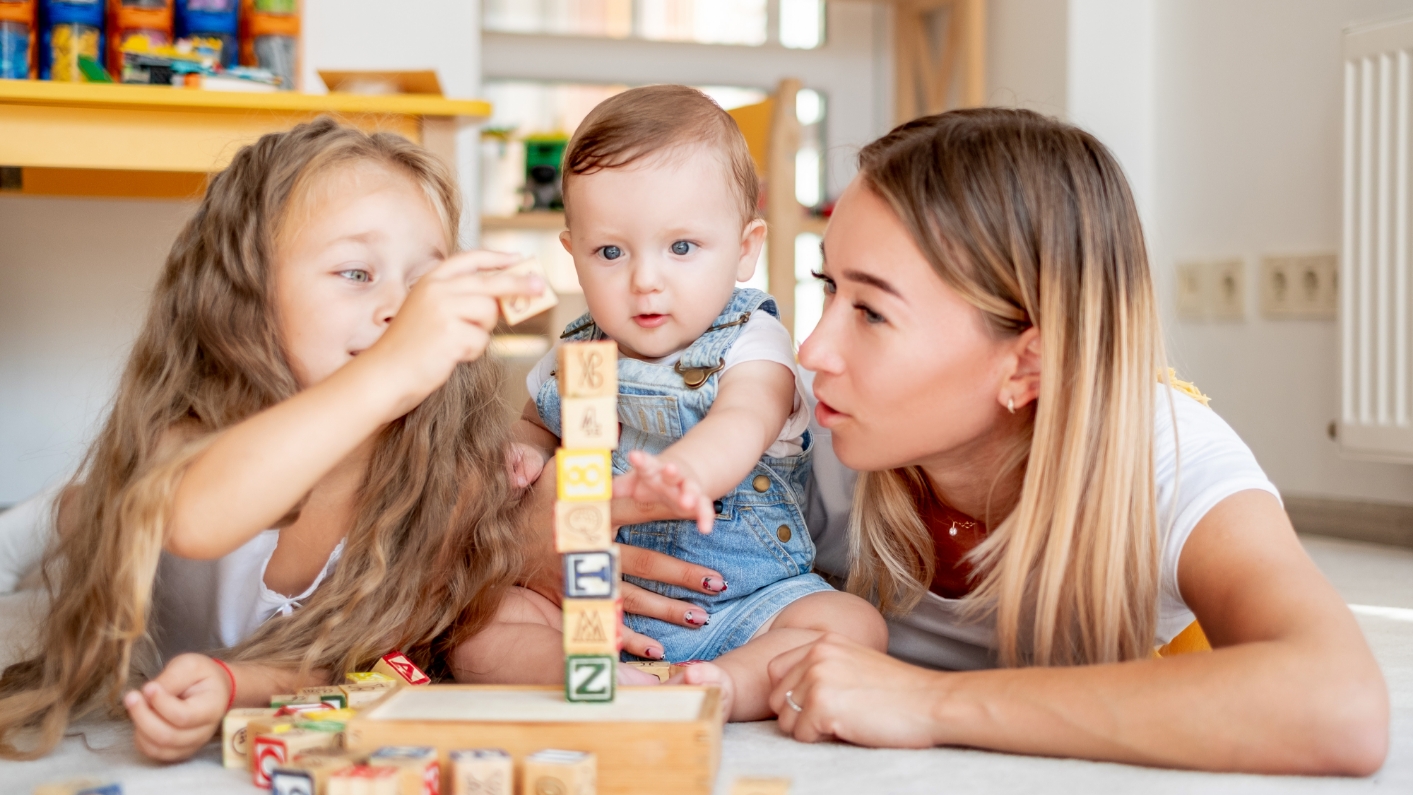
“10 Fun and Educational Activities Nannies Can Do with Kids”
Keeping children entertained while fostering their development is one of the joys and challenges of being a nanny. Fortunately, there are countless fun and educational activities that nannies can use to engage children and support their learning. From arts and crafts to outdoor adventures, these activities not only stimulate creativity and curiosity but also help children develop important skills. In this blog post, we’ll explore a variety of engaging activities that nannies can use to combine learning with play.
1. Arts and Crafts
A. DIY Science Experiments
Turn art projects into science lessons with simple, fun experiments. For example, make a volcano eruption with baking soda and vinegar, or create a colorful density jar using different liquids.
- Activity: Rainbow Jar – Layer different colored liquids (like syrup, dish soap, and water with food coloring) in a jar to demonstrate density and color mixing.
B. Nature Collages
Collect leaves, flowers, and other natural materials during a walk and use them to create nature collages. This activity not only encourages creativity but also teaches children about the natural world.
- Activity: Seasonal Collage – Create a collage based on the current season, discussing the different elements you find and how they relate to the time of year.
C. Story Stones
Paint small stones with different images or characters and use them to create and tell stories. This activity enhances storytelling skills and imagination.
- Activity: Story Building – Use the painted stones to create a story together, choosing different stones to represent various parts of the narrative.
2. Outdoor Adventures
A. Nature Scavenger Hunt
Organize a scavenger hunt where children search for items in nature based on a list of clues or pictures. This activity encourages observation and problem-solving skills.
- Activity: Scavenger Hunt List – Create a list of items to find, such as a specific type of leaf, a smooth rock, or a feather, and explore your local park or backyard.
B. Gardening
Engage children in gardening by planting flowers, vegetables, or herbs. Gardening teaches responsibility, patience, and the basics of plant biology.
- Activity: Grow Your Own Plants – Start a small garden or use pots to plant seeds. Discuss the stages of growth and take care of the plants together.
C. Nature Art
Use natural materials like sticks, rocks, and leaves to create outdoor art installations. This activity fosters creativity and appreciation for nature.
- Activity: Nature Sculpture – Build sculptures or patterns using natural materials you find outside. Discuss the different textures and shapes you use.
3. Educational Games
A. Alphabet and Number Hunts
Hide letters or numbers around the house or yard and have children find them. This game reinforces letter and number recognition in a playful way.
- Activity: Letter Hunt – Hide letter cards or objects starting with different letters around the house and have children search for them, practicing letter recognition as they find each one.
B. Memory Games
Create memory matching games using cards with images, letters, or numbers. These games improve memory skills and cognitive development.
- Activity: Matching Pairs – Make a set of cards with pairs of images or words, shuffle them, and have children turn over two cards at a time to find matching pairs.
C. Puzzle Time
Work on puzzles together, which helps with problem-solving, fine motor skills, and patience. Choose puzzles that match the child’s developmental level.
- Activity: Themed Puzzles – Select puzzles related to the child’s interests, such as animals, vehicles, or scenes from favorite books or movies.
4. Science and Discovery
A. DIY Science Kits
Create simple science kits at home to explore basic scientific principles, such as magnetism, buoyancy, or chemical reactions.
- Activity: Floating and Sinking – Gather a variety of objects and test which ones float or sink in a tub of water. Discuss why different objects behave the way they do.
B. Sensory Bins
Fill bins with materials like rice, beans, or sand, and add small toys or tools for children to explore. Sensory bins stimulate tactile exploration and can be themed around different topics.
- Activity: Themed Sensory Bins – Create bins based on themes such as dinosaurs, ocean life, or construction, and add related objects for children to discover and play with.
C. Weather Experiments
Explore weather concepts with fun experiments, such as making a rain gauge, creating a simple barometer, or observing cloud patterns.
- Activity: DIY Rain Gauge – Make a rain gauge using a plastic bottle and ruler to measure rainfall over time. Discuss how weather conditions affect precipitation.
5. Creative Play
A. Role-Playing
Encourage children to engage in role-playing games where they act out different scenarios or professions. This enhances social skills and imagination.
- Activity: Pretend Play – Set up a pretend grocery store, kitchen, or doctor’s office and let children take on different roles, using their imagination to create stories and scenarios.
B. Music and Dance
Incorporate music and dance into daily routines. Sing songs, play instruments, and have dance parties to develop rhythm, coordination, and self-expression.
- Activity: Dance Party – Create a playlist of favorite songs and have a dance party. Incorporate dance games like freeze dance or musical chairs for added fun.
C. Storytelling with Puppets
Use puppets to act out stories or create new ones together. Puppetry promotes creativity, language skills, and storytelling abilities.
- Activity: Puppet Show – Make simple puppets from socks or paper bags and put on a puppet show based on a favorite story or create an original tale.
Conclusion
Engaging children in learning while having fun is a rewarding part of being a nanny. By incorporating a variety of activities—from arts and crafts to outdoor adventures—nannies can create enriching experiences that stimulate children’s curiosity, creativity, and cognitive development. These activities not only support children’s learning but also foster strong, positive relationships and lasting memories. So grab your craft supplies, head outdoors, and let the learning adventures begin!
